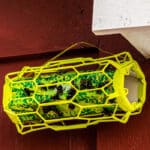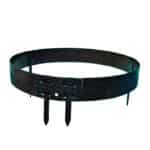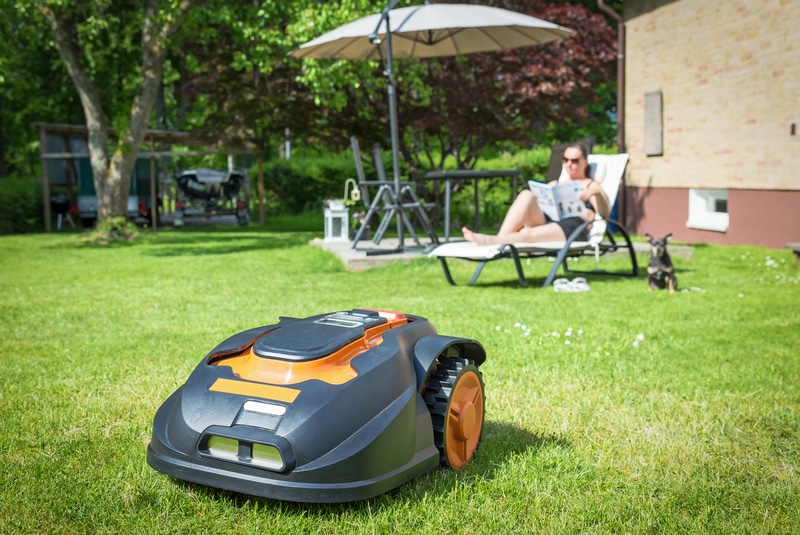
Smart Gardening and technology are creating buzz in the lawn and garden sector. Scientists, engineers, and horticulturists are developing products that address environmental issues and make gardening easier and less time-consuming. While 77 percent of American households are gardening, 29 percent of these are young adults ages 18-34.
Although some gardeners are willing to dig deep and work long hours to enjoy the fruits of their labor, others prefer a more leisurely high-tech form of gardening. Today, gardeners are looking for plants and products that complement their lifestyle and have a purpose beyond providing food or being pretty.
“People are awakening to Mother Nature to find balance and peace, and they’re awakening to our responsibility to help save the earth,” writes Katie Dubow, author of Garden Media Group’s 2019 Garden Trends Report.
Smart Gardens: Robo Mowers and Gardening Apps
The fusion of gardening and robotics has created products whose performance is out of this world. These tech-driven products appeal to practically anyone who wants to cut down on weeding, watering, and mowing. They are environmentally friendly and can be helpful to people who lack gardening skills, as well as experienced gardeners. Landscapers have successfully used drones for design projects since an aerial camera can map out large spaces and irregular terrain.
Waterproof Robo Mowers glide easily over lawns. Hands-free automated models are ideal for people with mobility issues who are unable to push a lawnmower. Some models self-charge using solar panels and also remove weeds while keeping plants intact.
Automating and monitoring day-to-day conditions in the garden is simple, with a smartphone loaded with Gardening Apps. One app has special sensors that stick in the soil. It then compiles data on the condition of the garden. Another app can be synced to the sprinkler system to change the watering schedule each season—it even monitors rainfall.
Smart Air Purifiers have sensors that measure temperature, humidity, and pollutants to determine how well plants are purifying the room. The app-linked device turns off and on with the wave of a hand.
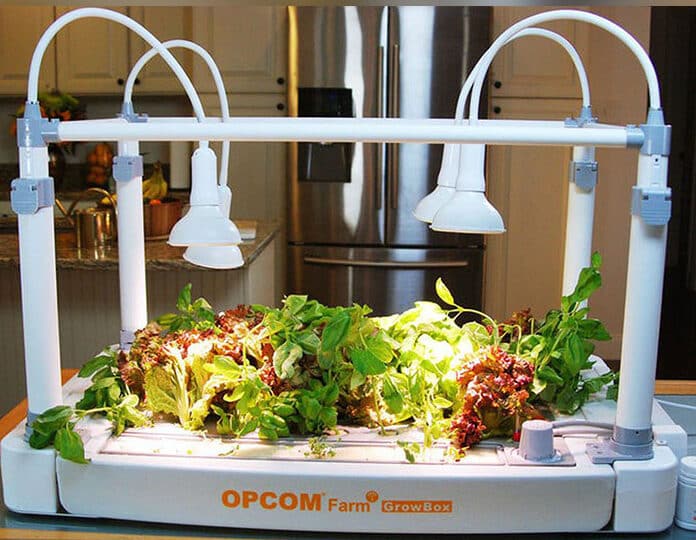
Smart Planters are ideal for urban gardeners and apartment dwellers who have limited space. They use hydroponic technology to grow plants without the need for soil. The plant roots are suspended in water to allow easy access to vital nutrients. Devices linked to an app send reminders when it’s time to add water or nutrients.
Compact Plants are a Big Deal
Similar to mowing, pruning and shearing are tasks gardeners would like to cut back on. Breeders got the message loud and clear and have responded with down-sized versions of popular shrubs or dwarf varieties of new plants. One example is a birch hybrid (Cesky Gold) that grows in a 4-ft. mound rather than a 30-ft. tree. Even edible plants like dwarf tomatoes and compact eggplants can be mixed in with beds and borders to create eye-catching landscapes.

Solar-powered Bees take to the Sky
Bees are dying in droves, and scientists are desperate to find out why. There are almost 20,000 bee species globally, 4.000 of these are native to the U.S. According to the Department of Agriculture, bees pollinate approximately 75 percent of the fruits, nuts, and vegetables grown in the United States. One out of every four bites of food people take is courtesy of bee pollination. In sum, bee pollination is responsible for more than $15 billion in increased crop value every year. Scientists and engineers have stepped in to help mitigate the impact on the ecosystem by creating robot bees and solar-powered bees. In 2018, scientists at Harvard launched “robobees” that need further development before taking off.
Is there a real future in retail for robot bees? Walmart thinks so. In 2018, the company filed a patent for robotic bees called pollination drones that can potentially pollinate crops. Having a ready supply of “bees” would enable the retail giant to have greater control of its food supply chain.
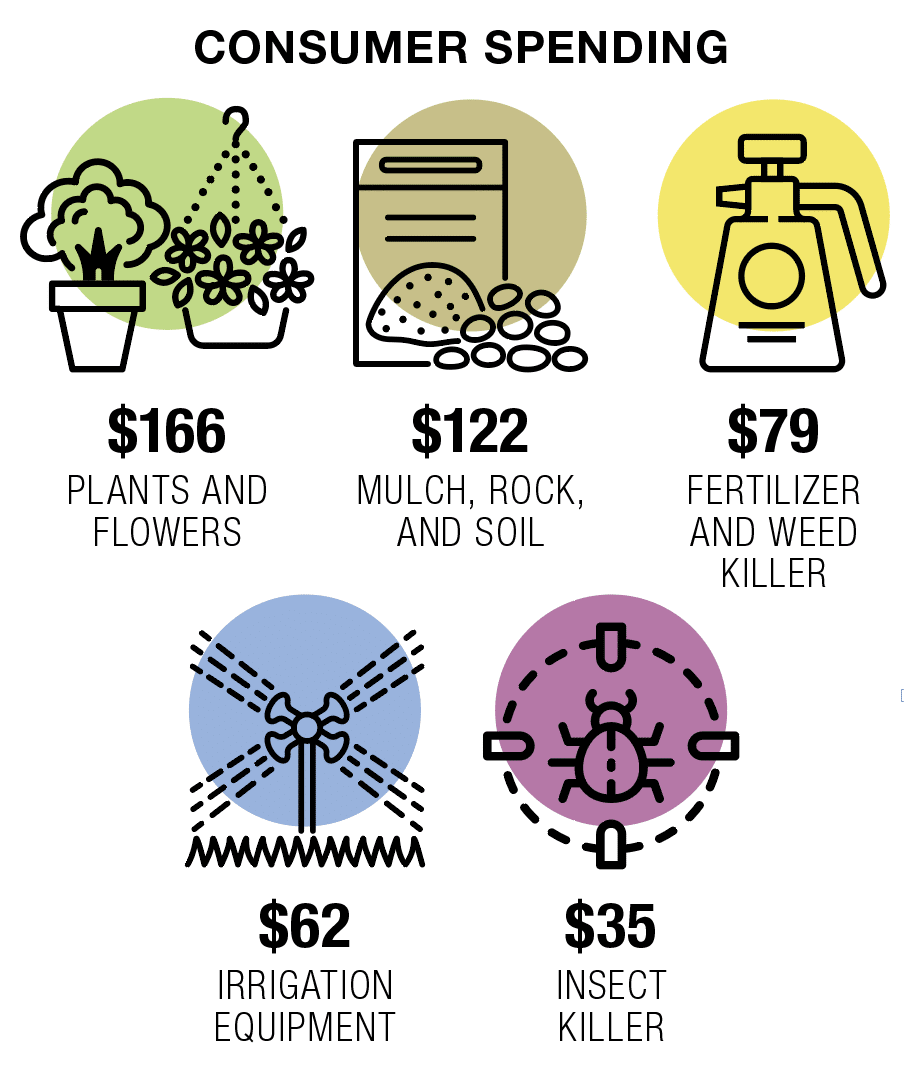
Help shoppers Enjoy the Experience
Your store may only stock a few high-tech products—if any. However, these products only account for a fraction of lawn and garden sales. Nursery and garden stores generated $40.6 billion in 2019, with a projected annual growth of .03 percent through 2023. The majority of consumers will continue to spruce up outdoor spaces by purchasing soil, plants, fertilizers, mulch, and gardening tools.
Although consumers are shopping, they’re not necessarily enjoying the experience. Some of the reasons for their discontent are beyond the retailer’s control. However, some of the following complaints can be solved by having a well-organized store and hiring attentive staff that engages the customer.
- Time-consuming
- Disorganized stores and sections
- Not knowing what product to buy
- Finding knowledgeable help
Watch for trends
Paying attention to trends and knowing what products are the “next big thing” will help retailers remain relevant to customers amid rapid change. Emerging technology and our desire for more leisure time is transforming the lawn & garden category. Kelly Norris, Director of horticulture at the Greater Des Moines Botanical Garden in Iowa, says, “Boomers don’t want to mow anymore, and Millennials can’t stand the thought of an activity (mowing) so useless.”



